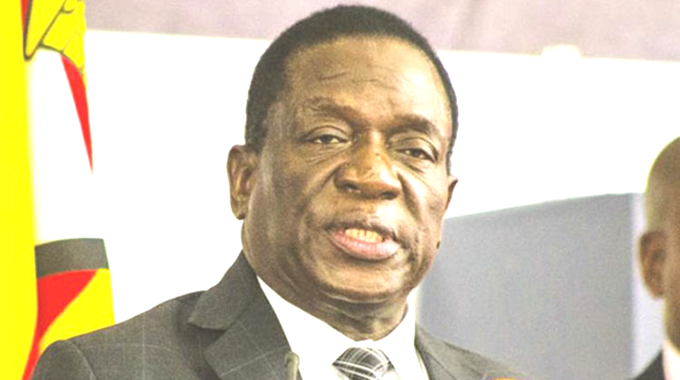Heat wave breaks 60-year-old record
The Herald 4 November 2015
SCORCHING heat swept across some parts of the country on Sunday and Monday, with Masvingo and West Nicholson in Matabeleland South recording extremely high temperatures that broke records set 60 years ago.
The Meteorological Services Department (MSD) revealed that temperatures recorded so far averaged between 33 and 43 degrees Celsius nationwide, while the highest temperatures documented in the past 60 years ranged between 35 and 41 degrees Celsius.
In 1955, West Nicholson recorded high temperatures of 42,4 degrees Celsius while 42,5 degrees Celsius were documented in the area at the weekend.
Masvingo recorded a high of 38,9 degrees Celsius in 1955, whilst 39,8 degrees Celsius were recorded on November 1 this year. The MSD said Marondera, Mount Darwin and Chivhu also recorded high temperatures.
Marondera had 32,9 degrees Celsius in 1976, while 33,5 degrees Celsius were documented this week.
Mount Darwin registered 38,5 in 1994, but the record has since been broken by the 39,6 degrees Celsius recorded at the weekend.
High temperatures of 35,5 degrees Celsius were recorded in Chivhu in 1981, but the figure has been surpassed following 36,5 degrees Celsius recorded on Sunday and Monday.
Several other stations were close to breaking the records including Harare (Belvedere), Zvishavane, Chinhoyi, Kwekwe and Joshua Mqabuko Nkomo International Airport (Bulawayo) that recorded fairly high temperatures.
Zvishavane had a high temperature of 40,3 degrees Celsius in 1955 and 1997 whilst this year it recorded 40 degrees Celsius.
In 1990 Joshua Mqabuko Nkomo International Airport recorded 37,7 degrees Celsius whilst this year it recorded 37,1 degrees Celsius.
Chinhoyi recorded 37,9 degrees Celsius in 1987 and 37,3 degrees Celsius this year. Figures also indicate that in 1987 Harare and Kwekwe recorded 35,7 and 37,7 degrees Celsius respectively while latest records for this year indicate 35 and 37,4 degrees Celsius.
In an interview yesterday, the department’s head of Public Weather Service, Mr Tichaona Zinyemba, said high temperatures recorded indicated the effects of climate change.
“We have had a spike of high temperatures because Zimbabwe is under a low pressure system caused by winds blowing across the country from warmer tropics in the sub-Sahara region,” he said.
“This time the temperatures were much higher and quite a number of stations recorded high temperatures than the norm,” Mr Zinyemba said the high temperatures would not affect the beginning of the farming season.
“The recorded high temperatures may not necessarily have a negative impact on the whole agricultural season because these temperatures only covered the past two days and those alone cannot be sufficient enough to judge the outcome of the full farming season,” he said.
LESSONS FOR TODAY
When the Meteorological Services Department announced the rainfall pattern for the 2020-21 season as “normal to above normal”, people’s hopes were that by now, they would have received the first rains not just for agricultural activities, but drinking water as well.
To date, very little rain has fallen. However, Chipinge and Chimanimani have already been affected by thunder storms that destroyed some properties last week.
Awareness campaigns about changes in weather patterns must be done on a regular basis using various media platforms. People need to know what to do when faced by the current heatwave, especially with children and the elderly.
Dehydration is a major problem in the current heat, while people should be encouraged to take lots of fluids, especially water.







Comments